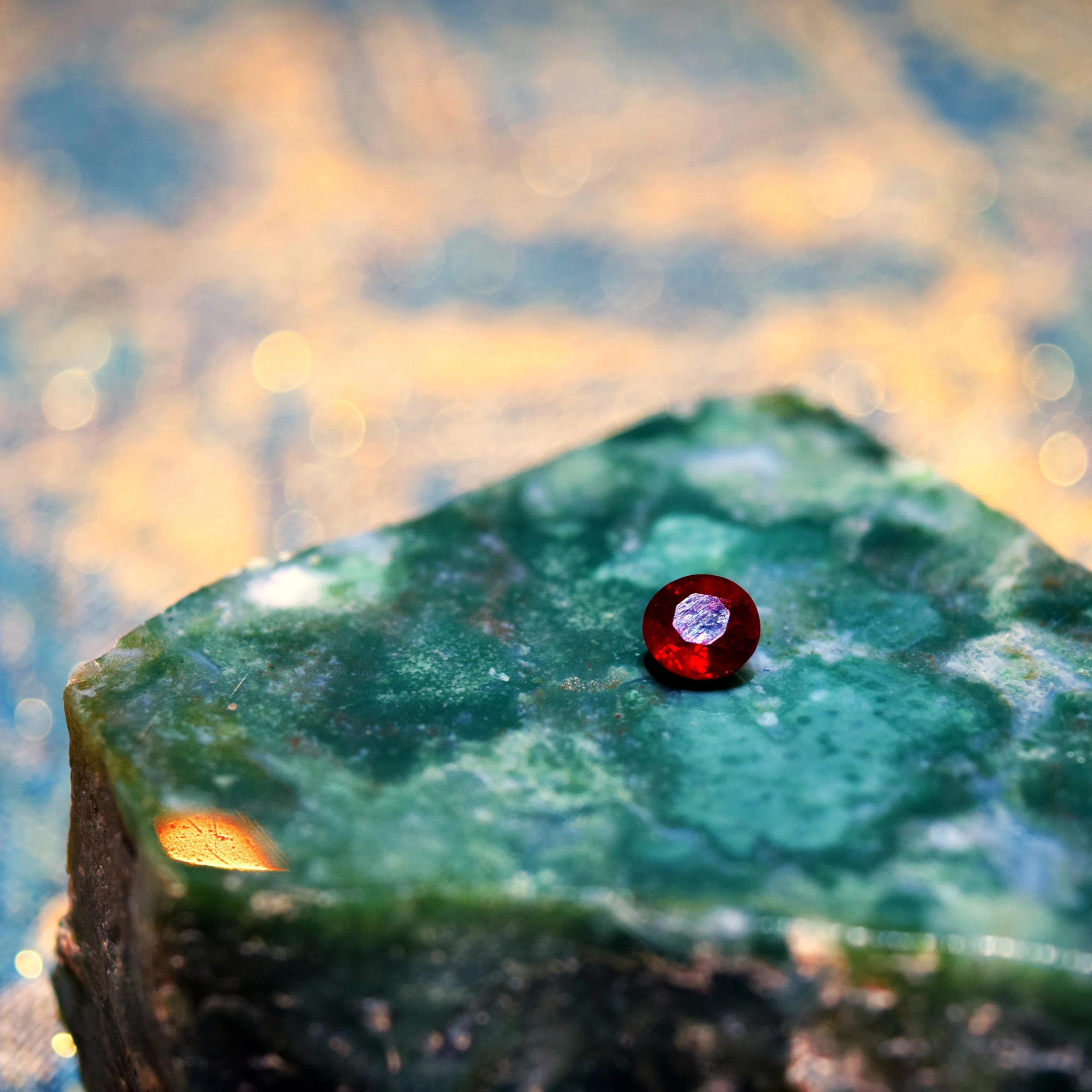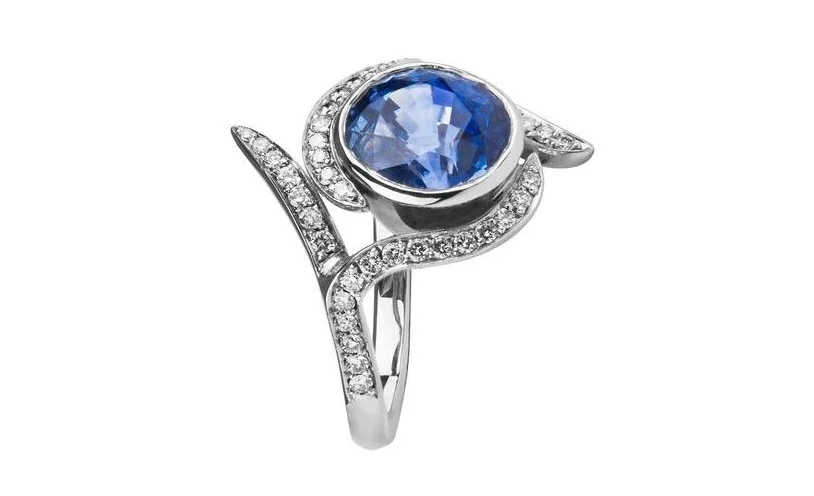Corundum
The corundum gem family features two of the best-known stones on the market: ruby and sapphire.The popularity and price of these gemstones remain high not only because of their beauty, but also because the durability and versatility of the material.
However, due to the ongoing development of synthetics, imitations and enhanced treatments has made the task of choosing and buying a sapphire or ruby complex and sometimes even risky. One should always assume that the vast majority of the corundum available has been enhanced in some way or another unless you can be guaranteed of it otherwise.
Unfortunately for those on a budget, natural untreated rubies and sapphires carry a significant price on par with natural coloured diamonds.
Ruby
Ruby is corundum with a purple-blueish red to yellow-red colour, and is one of the best gemstones for jewellery setting, second only to the diamond in hardness. Rubies come in a variation of shares depending on the chromium and iron content of the stone, with the finest being a pure red with a hint of blue.
The colour of rubies can be slightly uneven, and it’s normal for them to have minor inclusions such as minerals, growth structures, canals and cavities. Discoid fractures around natural mineral inclusions often occur and are a sign of heat treatment.
The cutting of rubies usually occurs in the countries where they are mined. Pleochroism dictated the orientation of the material, with the table aligned so that the stone is presented with the clearest red colour. The ruby is often cut to either a step cut or mixed cut to yield the greatest weight, but not necessarily the best proportions.
The Burmese ‘pigeon’s blood’ rubies are the most sought after and expensive rubies.
Sapphire
All gem-quality corundum that’s not red falls under the umbrella term sapphire, however the name is popularly associated with the sought-after and valuable blue colour. Sapphire is more abundant than ruby because its colouring agents are more common.
Pink sapphires have become popular over the last decade, their hues ranging from a soft baby pink to a hot bluish pink. Ideally, their colour should be uniform, with no lavender or brownish tones. Natural hot pink sapphires have risen in cost significantly and are selling at prices similar to medium-grade blue sapphires.
Yellow sapphires are quite common and range from pale yellow to an intense amber. Rarest of them all is the colour-changing sapphire, which shows different shades of blue depending on the light source. There are also colourless sapphires on the market, free from any impurities, which are easy to find in smaller sizes. Green sapphires often consists of a fine altering band of yellow and blue.
As with rubies, the inclusions found in a sapphire can denote their origin. Cracks, pits and uneven base forms are common failings which devalue the stone, and unfortunately there is a strong practice among Thai and Sri Lankan lapidaries of gluing the base of star sapphires together if a section breaks off during cutting. It might appear tidy and be easy to set, but over time the glue will stain the sapphire and change its appearance.
Sources:
Judith Crowe, The Jeweller's Directory of Gemstones (London: A&C Black, 2006)
Cally Hall, Gemstones (London: Dorling Kindersley, 1994)
Jaroslaw Bauer and Vladimir Bouska, A Guide in Colour to Precious & Semiprecious Stones (London: Octopus Books, 1983)



